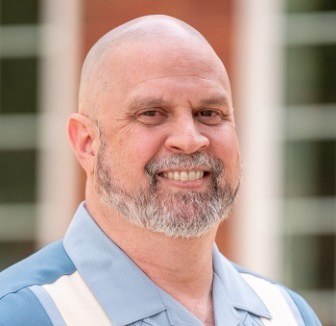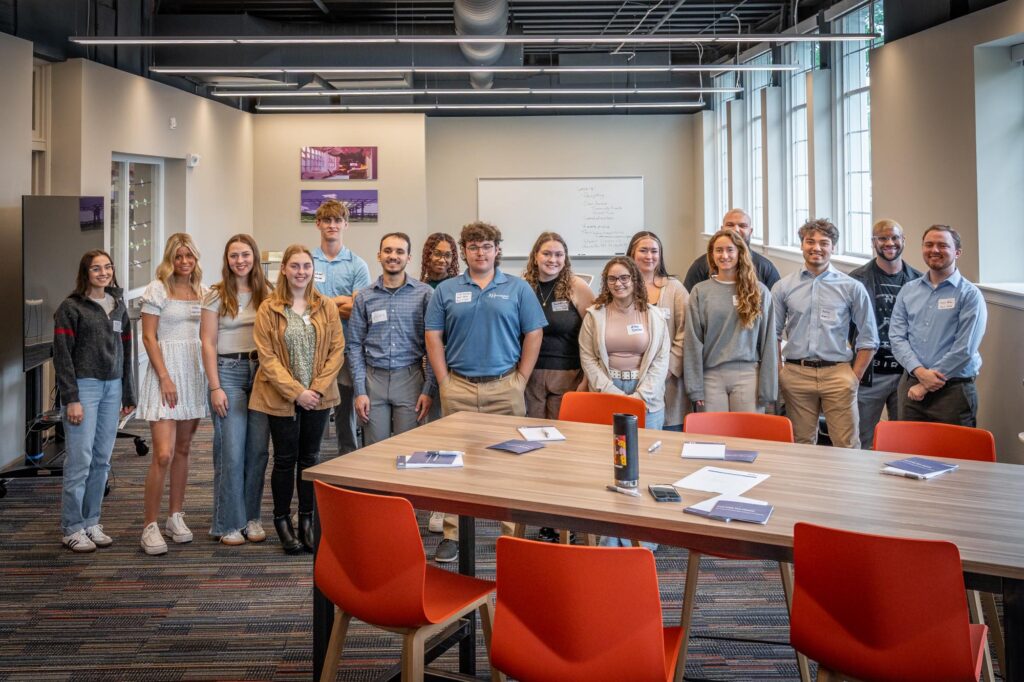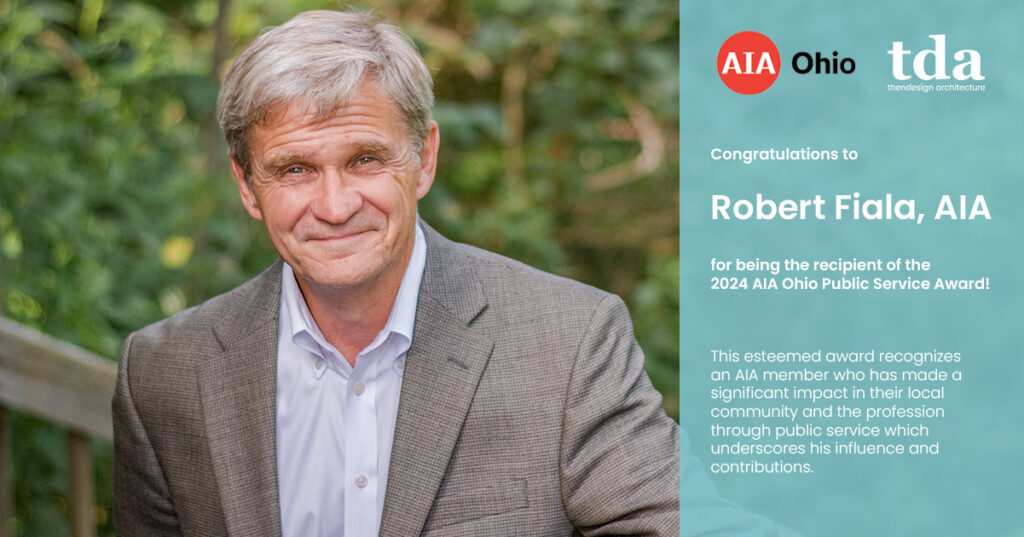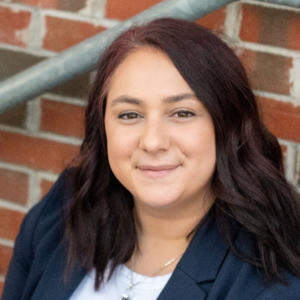Perry Local School District's Southway Elementary Student Walkthrough
Southway Elementary is one of three new schools opening this year in the Perry Local School District. Sixth graders Cami and Veda, fifth grader Ryder, and third grader Elley were invited to explore the building and react to discovering the new spaces while having fun along the way. As staff and teachers put the final touches on their areas before the grand opening, the students visited areas that included student dining, the media center, the music room, the gymnasium, an art room, and the playground.
Perry Local School District's Southway Elementary Student Walkthrough
A School With A Theme
Veda and Elley appreciated the vibrant colors throughout the building and recognized the consistent theme of industry and railroads. Train railroad track patterns line the hallway floors of the interior. Outside, patterns of cross bracings commonly found on bridges and large buildings adorn the red brick walls near the main entrance.
Access to sunlight increases student well-being and is found throughout the school, including the gymnasium. Abundant wood and natural light appealed to Ryder, “A bunch of windows in this school will help kids focus,” he said.
Southway Elementary Design Details
A School With A Theme
The Perry Community approved a bond levy in early 2020 to secure funds to update its educational facilities. This allowed the district to secure additional funds from the state through the Ohio Facilities Construction Commission (OFCC), which agreed to provide additional funding for the project.
Cami, Veda, Ryder, and Elley were the first students to traverse Southway Elementary before it opened. They spent the morning walking the hallways, visiting the classrooms, sitting in chairs, and enjoying the playground. Elley summed up the day, “It was a really good experience.”
While Southway Elementary featured an industry and railroad motif, Watson Elementary had a design concept of the arts, and Lohr Elementary focused on the theme of agriculture. All three elementary schools completed construction and opened for the 2024-2025 school year.
Students Tour Southway Elementary
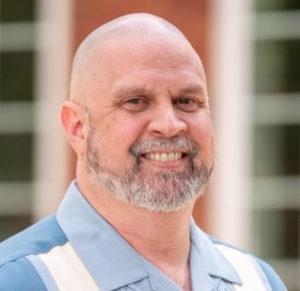
Marc Cebrian
Communications
Get our newsletter with insights, events and tips.
Recent Posts:
Mentor’s CARES House: Autistic Education Comes Home
Perry High School Unveils a State-of-the-Art Welding Lab
ThenDesign Architecture Celebrated its 35th Anniversary
Capital Improvement Plans Work
Rocky River’s Transformative Renovation
Cuyahoga Falls 6-12 Campus Construction Tour
Claire Bank Selected as 40 Under 40 Honoree
